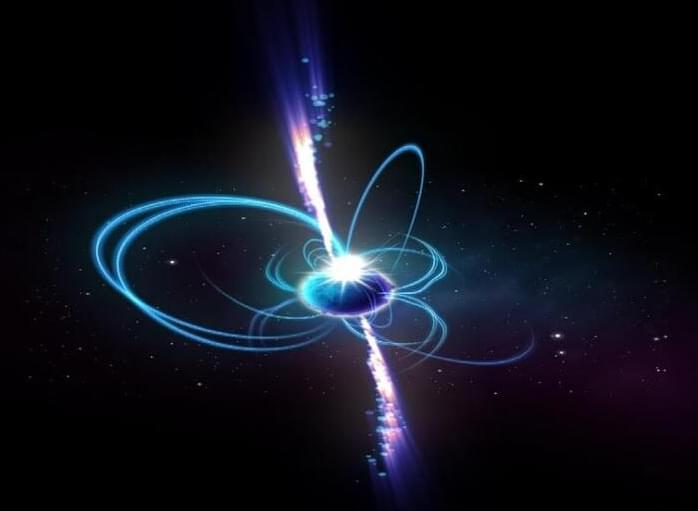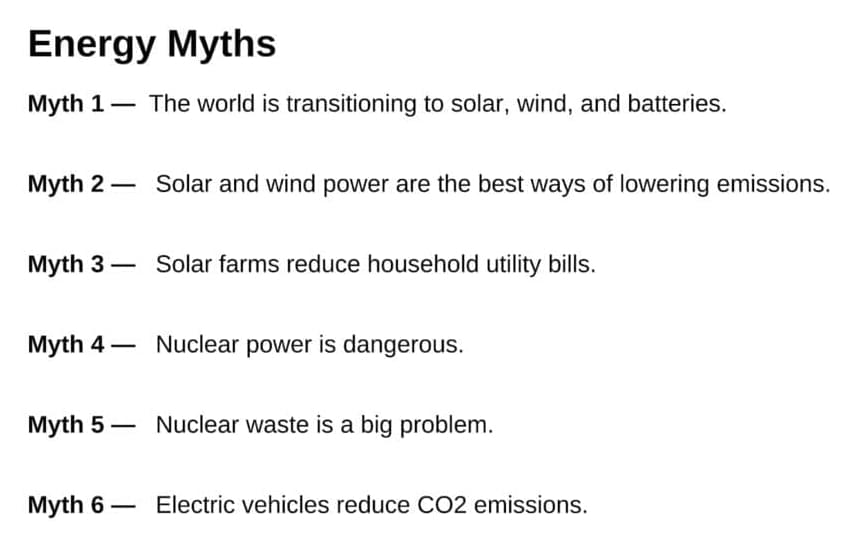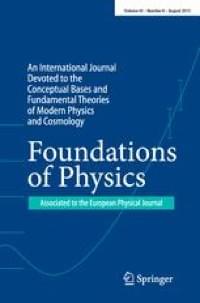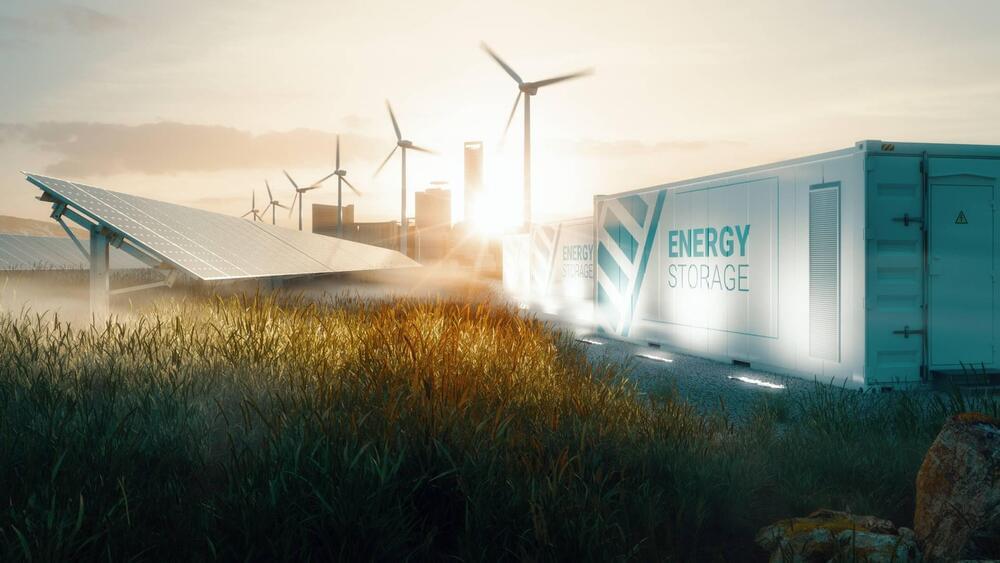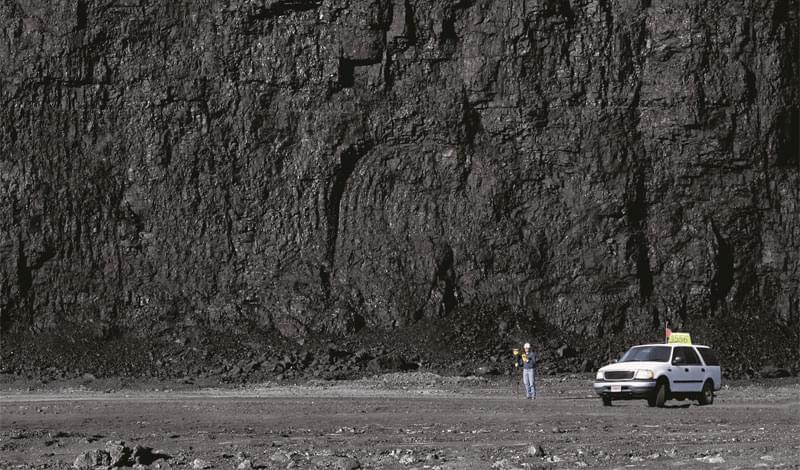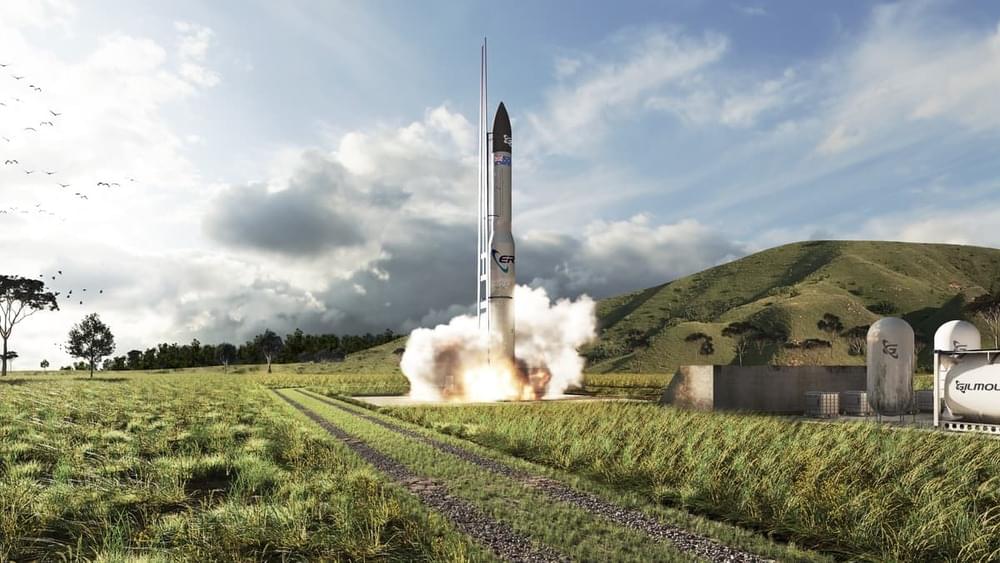Dec 27, 2022
Lost Roman Map has ATLANTIS at Eye of Sahara Africa! (Richat Structure)
Posted by Alan R. Light in categories: energy, food
This video gives an interesting theory as to where the lost city of Atlantis was (a location known today as the Eye of the Sahara), and it seems to be a pretty reasonable conjecture. What is relevant to this group however is how it might have been destroyed by a tsunami caused by a massive landslide in the Mediterranean — which is especially notable because the location is a great distance away from the Mediterranean, yet the evidence points to such a tsunami flooding a path all the way across Africa to the Atlantic, regardless of whether the city of Atlantis was in that path.
I think of our interconnected world today and wonder what would happen if such an unexpected event were to happen now, targeting a region that was in some way or another vital to modern civilization (such as with a concentration of all talent in an important field) without any suitable alternatives available.
Continue reading “Lost Roman Map has ATLANTIS at Eye of Sahara Africa! (Richat Structure)” »

